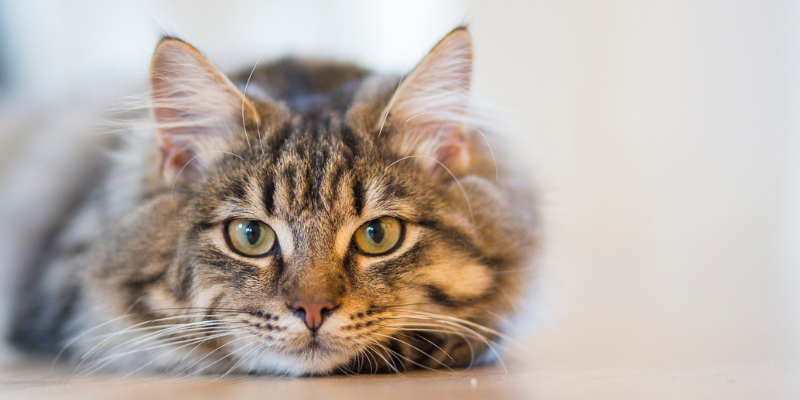 Cats are living healthier, happier lives thanks to innovations in veterinary medicine and a greater understanding of their health needs from owners. There is so much we can do now for cats diagnosed with arthritis, from new medications and complementary therapies to joint supplements. As well as making sure your pet gets the best in veterinary medicine, there are some changes you can make at home to improve their wellbeing.
Cats are living healthier, happier lives thanks to innovations in veterinary medicine and a greater understanding of their health needs from owners. There is so much we can do now for cats diagnosed with arthritis, from new medications and complementary therapies to joint supplements. As well as making sure your pet gets the best in veterinary medicine, there are some changes you can make at home to improve their wellbeing.
Home Improvements
There are lots of things you can do around the house that can make life easier and more comfortable for an arthritic cat.
Non-slip floors
Arthritic cats can find it harder not to slip on floors such as wood, laminate and tiles. You can make life easier by covering areas they frequent with non-slip mats or rugs, or using grippy tape on slippy surfaces.
Ramps or steps
Ramps or carpeted steps to your cat’s favourite places (like a windowsill, the bed or sofa) will help them move around the house without painful jumping and means they don’t miss out on activities they used to enjoy (like watching the garden birds or snuggling up with you in the evening).
Litter trays
Make sure cats have access to multiple indoor litter trays to use in different parts of the house, it may be difficult for them to make it to their littler tray in time if their mobility is slowed by arthritis. Opt for a litter tray with lower sides that are easier to get into and a softer litter substrate to make them more comfortable. A larger litter tray will also help cats that can’t manoeuvre into position like they used to.
Normally adventurous outdoor cats with arthritis may be less inclined to venture outside in the cold to toilet so place a litter tray indoors for them to use. even if they have not previously used one.
Raised food and water bowls
Bending to eat or drink may become painful, raising them up to elbow height can make the process easier.
Beds
Provide a nice warm bed that’s easy to get into and out of and make sure it’s in an accessible place. Warmth can help ease sore joints; you can try a pet-safe heat mat under your cat’s bed for some extra relief.
Clear pathways
While younger cats can leap and bound over anything in their way, older, arthritic cats need paths clear of trip hazards (shoes, wires, slippy rugs).
Lifestyle Changes
Outdoor living
Cats with osteoarthritis are more at risk of accidents when outside as they can’t move as fast on the roads to avoid danger. If possible, try and keep arthritic cats indoors, as long as they don’t become too stressed. If you have a cat flap, make sure it’s easy to use and consider switching to a lower, easy-access one if not.
Weight management
One of the biggest contributors to arthritis is obesity. Keeping your cat at a healthy weight will help with keeping them pain free for longer. It can be difficult to maintain a healthy weight in older pets that don’t get as much exercise, so it’s a good time to speak to your vet about diet options that can help keep them full while reducing their calorie intake.
Cold weather
The cold can make arthritic joints ache, so it’s important to keep older cats warm and comfy. If your cat has been outside in bad weather, make sure they are dried thoroughly and kept warm.
Entertainment
While older cats may struggle to play as vigorously or go for outdoor adventures, it doesn’t mean they have to miss out on fun! Keep them entertained with puzzle feeders which will stimulate them mentally and also make mealtimes last longer.
Nail clipping and grooming
Long nails can make it difficult for cats to get a good grip on the floor so it’s important to keep your cat’s nails trimmed. If you aren’t sure about clipping their nails at home, take them to a groomer to have them trimmed down. Cats with arthritis may struggle to groom themselves due to less mobility, so they may need to be brushed more often and checked over for mats, particularly around their back end.
Call us on 01435 864422 if you are worried your cat may be suffering from arthritis.

